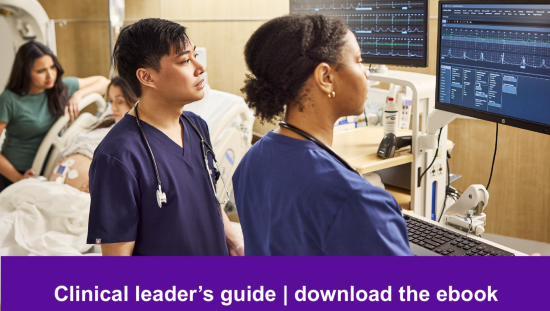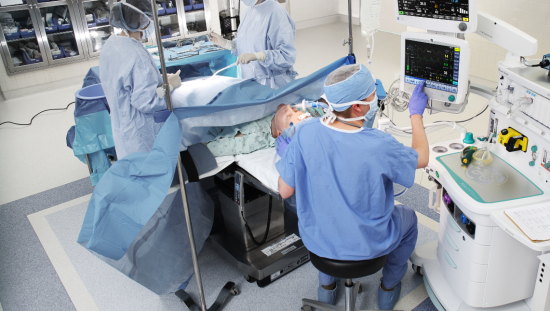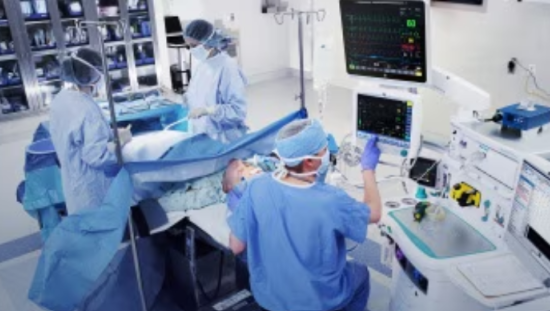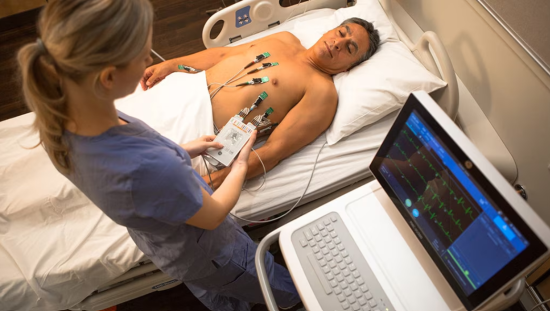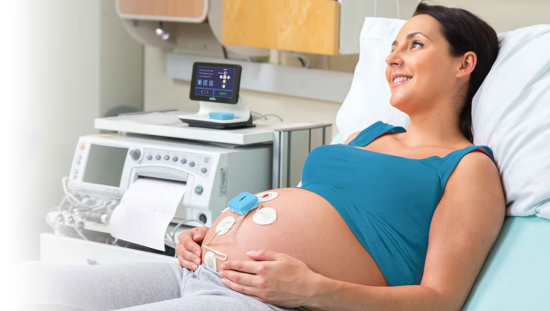As a labor nurse, I’ve been present for thousands of births over the course of my career. Now, in my role as a leader in a fetal care center, every baby has a diagnosis—complication-free deliveries are the exception, not the norm. I’ve witnessed so much, and yet I know I haven’t seen it all. Healthcare is constantly evolving. New technology, innovative interventions, and procedures we couldn’t have imagined years ago are now part of our daily work in the operating room.
Some call these moments miracles—and while I do believe in miracles—I also believe deeply in the power of science, the brilliance of innovation, and the relentless pursuit of excellence. It’s that combination that drives the incredible progress we see in our hospitals every day.’
Behind it all is a team of nurses balancing compassion with clinical precision, intuition with skill, working to make sure nothing slips through the cracks. For high-risk cases, or when patient status suddenly takes a turn, everything changes.
In those moments, even the smallest overlooked detail can make a tremendous impact. Research shows that even when nurses perceive a strong safety climate, system-level factors like staffing levels and resource constraints mean that care tasks may still be regularly missed.1
When every second counts, gaps in care can mean the difference between a safe delivery and a devastating outcome. To help ensure the best possible outcomes for all families, tech-powered care continuity throughout delivery, across stages, vitals checks, and shift changes, is key.
We need tools to help us see what’s happening in real-time*, anticipate changes before they become obvious, and ensure nothing is lost in translation so that we can focus on what matters most: the patient right in front of us.
The pressure of labor and delivery
When you’re in L&D, there’s always an undercurrent of pressure. L&D nurses become experts at anticipating those critical moments when you need to sprint instead of walk to a bedside.
That pressure only grows when you’re caring for high-risk pregnancies. Conditions like preeclampsia often appear slowly and innocuously, appearing as subtle changes in blood pressure, vague physical symptoms, and faint changes in the fetal tracing. When our teams don’t have immediate access to the right information, or when information gets lost between shift changes or across departments, small changes can snowball into emergencies.
It’s what makes our work so rewarding, and also so hard: no two patients are ever exactly the same. Every mom has her own story, risks, and hopes for how she wants her birth to unfold. We want to be there every step of the way, as cheerleader, guide, and advocate. That’s why we rely on tools that surface what matters when it matters most, and always helps us visualize a full picture, so that nothing gets missed.
When breakdowns happen
Gaps in monitoring, documentation, communication, or care are often just tiny oversights that compound over time, and which can result in missed care: a blood pressure trend charted too late, a subtle sign overlooked during intake, or a delayed or rushed hand-off at shift change when rooms are full and triage is overflowing.
During these moments, our teams are always doing their best. But during busy, high-pressure moments, small changes in our patients can sometimes get the best of us. That’s when these subtle changes that have gone overlooked erupt into full crisis for staff caring for those patients. Often as a leader or bedside nurse we are left thinking : could we have caught that sooner?
These moments stay with us forever. And they’re often preventable—not because we’re not skilled, not attentive, or not compassionate enough, but often because we didn’t have the right systems in place to support us.
An antidote to unpredictability
For us in L&D, change is our constant and every shift is unpredictable. That’s why data-driven consistency matters. It helps us notice the small things before they have a chance to spiral, which is especially important because we’re seeing more and more complex cases coming through our doors.
Over the last year anecdotally, we’ve seen about a 25% increase in the acuity of obstetric patients. More hypertension, OB hemorrhage, preeclampsia, and sepsis. And, more late pre-term babies who need extra care and attention. These events, once rare, are becoming part of our everyday work.
This shift means we need stronger systems supporting us to ensure we’re all working from the same playbook. Dashboards help us spot trends in what we’re too close to observe clearly, or subtle trends we may miss, especially across shift changes over the course of a delivery. They can make the difference in flagging necessary intervention for a patient developing preeclampsia, for instance. And on a more macro level, these insights, such as patient volumes, insights in outcome rates, nurse charting hours, and more, can drive much needed operational change that supports our teams’ improvements. They help us as leaders advocate for the right resources, illustrating with numbers what we know based on gut feeling, intuition, and experience.
So much of what we do is grounded in hands-on expertise, blending our clinical precision with intuitive insight and practiced skill. Charting pain assessments, checking fetal heart rate strips, and spotting trends within maternal vital signs puts so much pressure on each of us, and takes so much time.
Advances in maternal-fetal surveillance tools can help us prioritize how we spend our time, and future AI-augmented clinical decision support tools can help us standardize these actions and remove potential imperfect processes that naturally arise when care is provided by different clinicians with differing experiences and backgrounds. It means everyone is working from the same reliable source of truth, helping us to recognize warning signs early, collaborate more smoothly, and make faster, more confident decisions under pressure. And, by revealing big-picture trends and insights that empower our proactive interventions, it helps us work at our very best.
Technology isn’t a solution for everything. It won’t solve our burnout on its own, it won’t prevent all maternal morbidity or mortalities, and it won’t bridge all gaps in care—but it allows us to focus our attention where we can have the greatest impact. When we’re not scrambling to access the information we need or second-guessing what’s already been charted, we can focus fully on providing the best possible care. Embracing change is a core leadership value I champion and model. When I hear a nurse or colleague tell me that they hate change my red flag goes up. Change is inevitable and what will revolutionize the work we do. We have to teach our teams to be curious about what’s coming not to fear it.
Making every second count
Every family deserves the best possible start to life. And every nurse deserves the tools and teams that set them up for success. When every second counts, we have to make the most of each one. That means leaning into future-ready solutions, tools that ease the burden of documentation, surface insights we might otherwise miss, and offer true continuity throughout the delivery process.
There’s promising innovation on the horizon. For instance, advances in AI-powered fetal monitoring for proactive monitoring and intervention are very intriguing. It’s a high-liability space, and that makes us careful, but careful doesn’t mean standing still. Anyone who’s ever searched frantically for a fetal heartbeat, only to realize it’s no longer there, knows how important it is to get this right. Nurses are taught: trust, but validate. That’s exactly what we need as we merge AI-driven tools with our clinical expertise. We trust in the promise of technology, but we validate it with critical thinking and bedside knowledge.
**Author received compensation from GE HealthCare for their involvement in this blog.
***Author’s views and insights are their own and do not necessarily reflect those of the author's employer, Children’s Hospital of Colorado.
* Requires real-time HL7 data feed from all devices
Reference
- Zhong, J., Simpson, K. R., Spetz, J., Gay, C. L., Fletcher, J., Landstrom, G. L., & Lyndon, A. (2023). Linking patient safety climate with missed nursing care in labor and delivery units: Findings from the LaborRNs Survey. Journal of Patient Safety, 19(3), 166–172. https://doi.org/10.1097/PTS.0000000000001106
JB34090XX
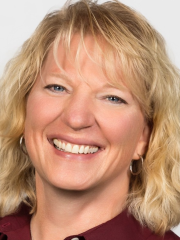
Bobbie Smith, MSN, RN, NEA-BC, ANLC-P
Labor and delivery clinical manager at a large fetal surgery center
Bobbie Smith has over 24 years of nursing experience and has been managing labor units since 2014 overseeing Mother Baby, Labor and Delivery, high-risk OB flight and most recently Fetal surgery.


